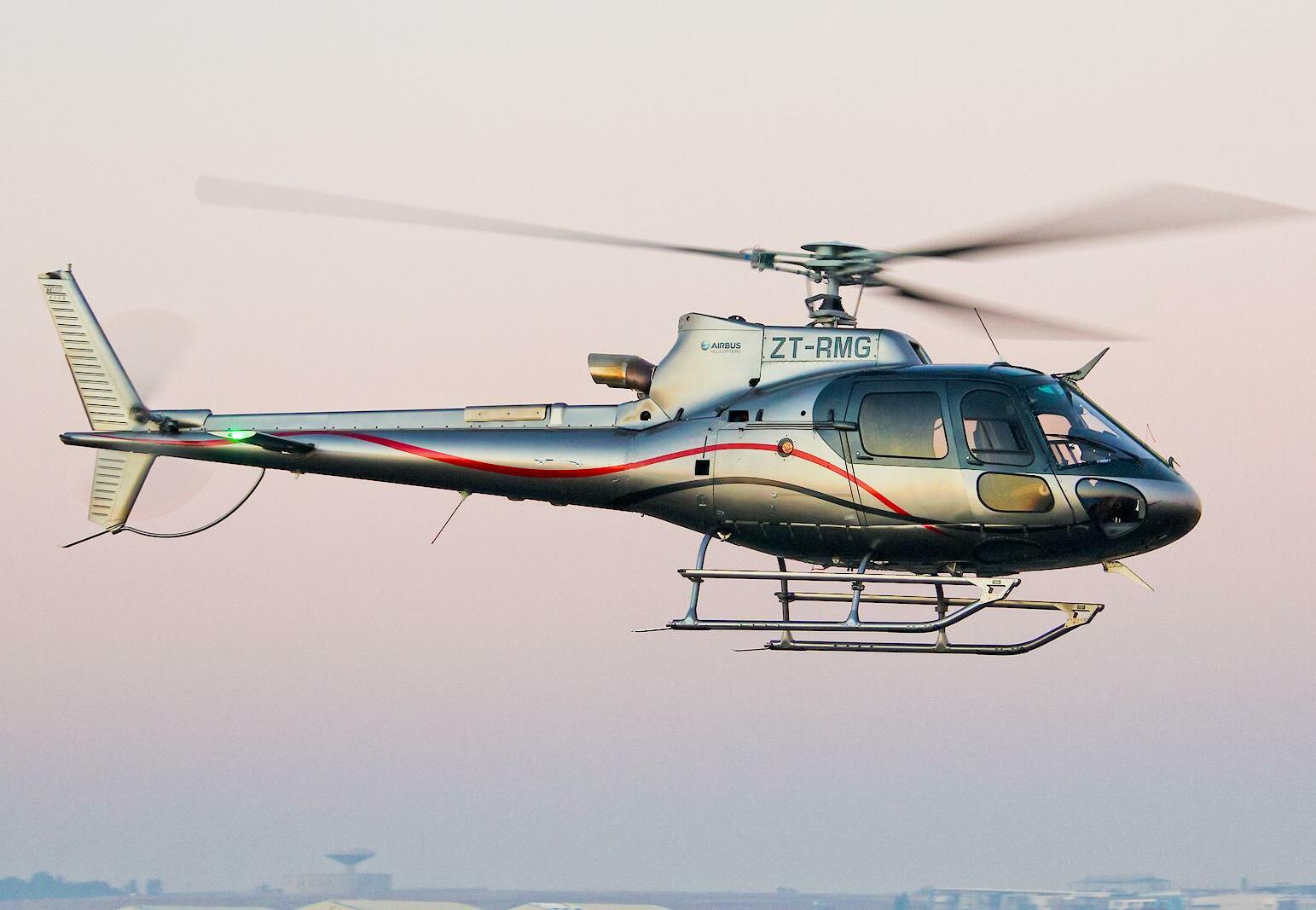
THE AS350 ECUREUIL has accumulated almost 36 million flight hours worldwide. The last of the AS350 series was launched in 2011 as the AS350 B3e, which was renamed the Airbus H125, equipped with the Arriel 2D engine featuring dual-channel full authority digital engine control (FADEC), optional dual hydraulics and a 2,370 kg (5,225 lb) Maximum Take Off Weight (2,250kg with single hydraulics).
Development
BY the early 1970s Bell Helicopter's Bell 206 JetRanger was the best-selling light commercial helicopter. This was a situation that did not sit comfortably with Aerospatiale (then known as Sud Aviation), who until then had been relatively successful in producing the Allouette and Lama range of light helicopters, mainly for military use.
The Bell 206's success prompted Aerospatiale to waste no time flying the prototype of their interpretation of the light civilian helicopter in 1974. The result was the Eurocopter AS350 which still today looks to the casual observer identical to their first production helicopters. It is a design that seemed just right, and as the passage of time proved, still meets with customer approval 40 years later.
Despite its relatively unchanged appearance, the AS350 series has been constantly evolving from the first Lycoming-powered craft initially aimed at the American market. The French were however not impressed by the American engine and therefore produced the aircraft with a Turbomeca (now Safran helicopter engines) Arriel engine for distribution outside the US.
The type has since seen a number of model and engine changes culminating in the current top-of-the-range AS350 B3e equipped with a Safran Arriel 2D engine with full FADEC (Full Authority Digital Engine Control). This is the helicopter that is now called the Airbus H125 and is the subject of our test flight.
First impressions
This story is from the April 2023 edition of SA Flyer Magazine.
Start your 7-day Magzter GOLD free trial to access thousands of curated premium stories, and 9,000+ magazines and newspapers.
Already a subscriber ? Sign In
This story is from the April 2023 edition of SA Flyer Magazine.
Start your 7-day Magzter GOLD free trial to access thousands of curated premium stories, and 9,000+ magazines and newspapers.
Already a subscriber? Sign In
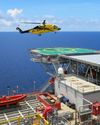
LIVING THE DREAM Part 2: Planning and Pax
Part 2: Planning and Pax
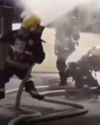
QUEEN AIR TALES
In the early seventies Esquire Airways acquired a pre-owned Beechcraft Queen Air. This top of the range 8,800 lb MAUW model had nine forward facing commuter seats and I flew it as a single pilot operation for several months.

HELICOPTER PILOTS SHOULD UNIONISE
Helicopter pilots are stuck in a 12-month flying cycle. While they will have periods of rest and active rest (performing ground-based tasks and planning ventures) within their work source campaigns, it's not a good situation. They need programmed periods to catch their breath.
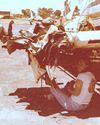
AFTERMATH of the Engine Fire
Iris McCallum continues her stories about her early years with Air Kenya. This month she tells us about the immediate aftermath of her dramatic engine fire and crash, and her subsequent 'getting back onto the saddle'.
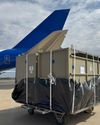
LARGEST EVER RHINO RELOCATION
Specialist air cargo operator ACS mobilised all its skills to successfully complete a very challenging project – the translocation of 39 White Rhino from Namibia to the USA.
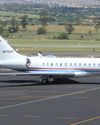
NOVEMBER 2024
November sees strong growth in aircraft registrations with 16 additions, but 10 aircraft are cancelled as exported. The Type Certified additions are a mixed bag.
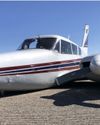
TWINCO FUEL
AIRCRAFT ACCIDENT REPORT
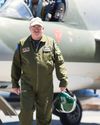
RON WHEELDON'S HUNTERS
RON WHEELDON is a Johannesburg based trademark and IP attorney. He writes, \"My love affair with Hawker Hunter jet fighters started in approximately 1963 when the Rhodesian parliament opening was marked by a fly-by of nine recently acquired Hawker Hunters in diamond formation.
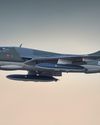
FLYING THE HAWKER HUNTER
Flying a Hunter starts hours before actually walking out to the aircraft. This machine is a legend, but it is first of all about the highest performance machine that it is feasible for a civilian to fly. Flying it is not to be taken lightly.
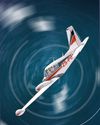
RIGHT SEAT RULES NO. 25 SLOW FLIGHT
Most of us feel a bit edgy when the ASI creeps down within 10 KIAS of the stall. Jim Davis has some hints on how to be comfortable and in control - even when the airspeed is 20 KIAS below the stall.